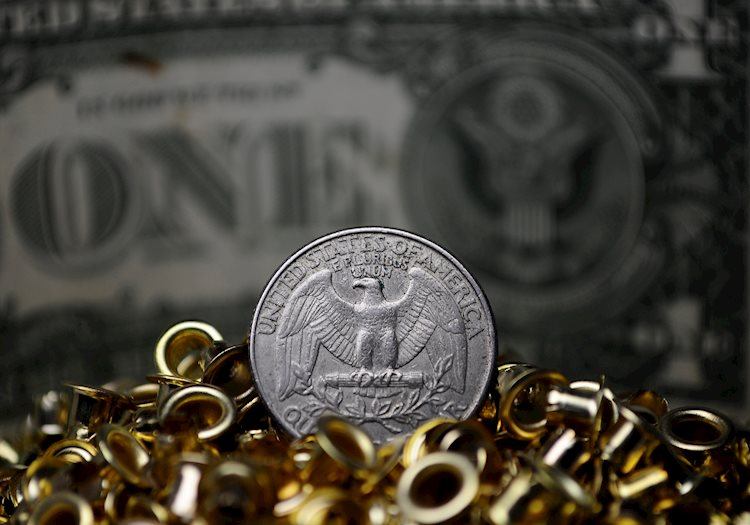The US Dollar is showing strength ahead of the presidential debate, maintaining its position despite expectations of continued easing by the Federal Reserve. The outcome of the debate between Vice President Harris and former President Trump is expected to influence the USD’s performance. While dovish bets on the Fed might limit the USD’s upside, markets are anticipating volatility based on the perceived winner of the debate.
Despite positive economic indicators, there may be an exaggeration of expectations for aggressive monetary policy easing. The current growth rate exceeding the long-term trend indicates that markets may be overestimating the need for such measures. However, a 25 bps cut by the Fed seems likely. Traders are currently pricing in nearly 125 bps of easing by year-end, suggesting 50 bps cuts at the November and December meetings, and 225 bps of easing over the next 12 months.
Technical analysis for the US Dollar Index (DXY) shows a slight improvement in sentiment, with indicators like the Relative Strength Index (RSI) and Moving Average Convergence Divergence (MACD) hinting at a potential shift in momentum. The DXY index recently reclaimed the 20-day Simple Moving Average, providing support for the short-term outlook. Key support and resistance levels to watch include 101.60, 101.30, 101.00, 101.80, 102.00, and 102.30.
The Federal Reserve plays a significant role in shaping US monetary policy. With mandates to achieve price stability and foster full employment, the Fed adjusts interest rates to influence economic conditions. Interest rate adjustments affect inflation levels and impact the USD’s value. In situations where inflation is high, the Fed raises rates to strengthen the USD, making it more attractive to investors. When inflation is low, the Fed may lower rates to stimulate borrowing, which can weigh on the Greenback.
Fed FAQs provide insight into the Federal Reserve’s policy decisions and tools such as Quantitative Easing (QE) and Quantitative Tightening (QT). During policy meetings, the Federal Open Market Committee (FOMC) assesses economic conditions and makes decisions to achieve the Fed’s mandates. QE involves the Fed increasing the flow of credit in the financial system by purchasing bonds from institutions, weakening the USD. Conversely, QT is when the Fed stops buying bonds and does not reinvest in new ones, which can be positive for the USD’s value. Being aware of the Fed’s actions and policies is crucial for understanding the USD’s movements in the financial markets.










